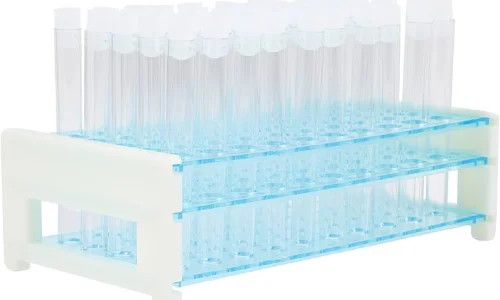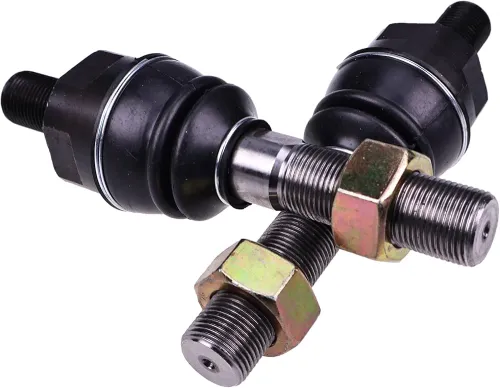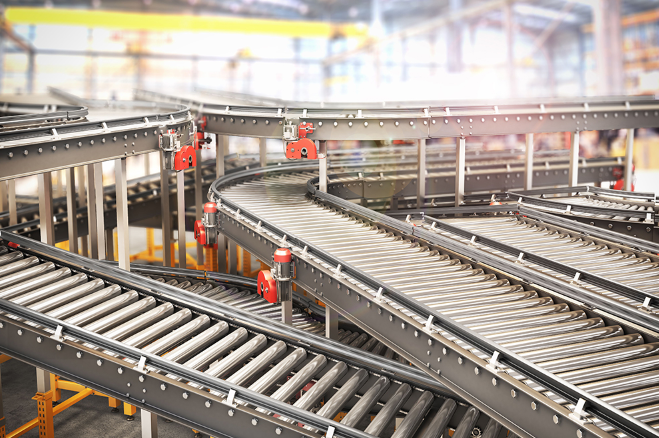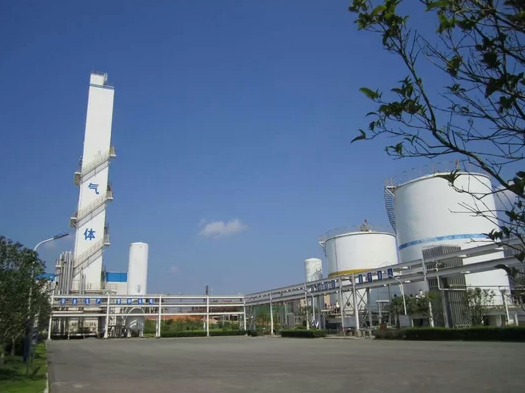To expand your news reach, consider advertising with our media partner, Patch Media, at https://heypapipromotionsmedia.town.news/. Patch is a nationwide news network comprising over 1,000 hyperlocal websites dedicated to community news across the United States. For press release distribution services, please call or visit https://heypapipromotions.com/advertise.
What Are Air Actuated Valves?
If you’re in any industry where automation, fluid control, or pneumatic systems are involved, you’ve likely encountered air actuated valves. But do you truly know what they are and why they’re such a critical part of many systems? Whether you’re just learning about them or you’re ready to make a purchase, below part will give you the insight you need.
What is an Air Actuated Valve?
In simple terms, an air actuated valve is a valve that’s powered by compressed air. Unlike manual valves that you turn by hand or electric valves that rely on electrical signals, these valves use air pressure to open or close. This makes them particularly useful in pneumatic systems — systems that use compressed air to perform tasks like moving objects, controlling processes, or regulating pressure in industrial machinery.
Air actuated valves are known for being quick, reliable, and able to operate in environments where electrical devices might not perform well. They’re widely used in industries like manufacturing, water treatment, HVAC (heating, ventilation, and air conditioning), and chemical processing.
How Do Air Actuated Valves Work?
Here’s where it gets interesting! At the heart of an air actuated valve is a simple yet effective mechanism. Inside the valve, there’s typically a piston or diaphragm. When compressed air is introduced into the valve, it moves this piston or diaphragm, which in turn opens or closes the valve. This action controls the flow of gas or liquid in the system.
There are two main types of actuation:
1. Single-Acting Valves: These valves use a spring to return the valve to its default position after air pressure is removed. They only require air to open the valve, and the spring closes it again when the air supply is cut off.
2. Double-Acting Valves: These valves need air to both open and close the valve, allowing for more precise control over the valve’s position. This makes them ideal for systems that require more sophisticated control.
The beauty of these valves lies in their speed. Because air is much faster than electrical signals or manual force, air actuated valves can respond almost instantly, making them a go-to for fast-paced, automated systems.
Top Applications of Air Actuated Valves
Air actuated valves are incredibly versatile, which is why they’re used in so many different industries. Here are some of the most common applications:
- Pneumatic Control Systems: In manufacturing plants, automated systems use pneumatic control to handle tasks such as opening or closing hoppers, regulating air compressors, or operating assembly line machinery. Air actuated valves make these tasks fast and reliable.
- Water and Wastewater Treatment: In water treatment plants, these valves control the flow of water, helping to regulate filtration, dosing, and disinfection processes. They provide reliability and precision in a demanding environment.
- HVAC Systems: Air actuated valves are used in HVAC systems to control air flow, pressure, and temperature. By using compressed air to adjust dampers and vents, these valves help keep systems efficient and responsive.
- Food & Beverage Industry: Air actuated valves are often found in food production lines where sanitation, precision, and speed are crucial. Whether it’s controlling gas flow or regulating liquid ingredients, air actuated valves ensure smooth operations.
- Oil and Gas: In the oil and gas industry, air actuated valves are used to control the flow of fluids in pipelines and other systems. They’re ideal for applications where high pressures and critical operations are involved.
Different Types of Air Actuated Valves
When choosing an air actuated valve, it’s essential to understand the different types available. Here’s a breakdown of the main varieties and how they differ:
Type | Description | Applications |
Single-Acting Valve | Requires air pressure to open, with a spring to close. | Simple systems, emergency shut-off systems. |
Double-Acting Valve | Uses air pressure to both open and close the valve. | More precise control in automation systems. |
Pilot-Operated Valve | Requires a small amount of air to operate the valve. | High-pressure systems, hydraulic controls. |
Direct-Operated Valve | Uses air pressure directly to open or close the valve. | Low to medium-pressure systems. |
Normally Open (NO) | Valve stays open when no air is applied. | Systems that need flow when idle. |
Normally Closed (NC) | Valve stays closed when no air is applied. | Systems where flow should be stopped when idle. |
Advantages of Air Actuated Valves
2. These valves are durable and work well in environments where other types of valves might fail. With fewer moving parts, air actuated valves tend to have fewer points of failure.
3. Because they’re powered by air rather than electricity, these valves often use less energy, making them more cost-effective in the long run.
4. Air actuated valves are easy to maintain. Since they have fewer moving parts than electric actuators, there’s less wear and tear, reducing overall maintenance costs.
How to Choose the Right Air Actuated Valve
2. The valve should match the size of the pipes in your system. Too large, and it could be inefficient; too small, and it might restrict flow.
3. If you’re dealing with corrosive or abrasive materials, you’ll need a valve made from materials like stainless steel or brass. For lower-cost applications, plastic or aluminum might suffice.
4. Make sure the valve is suited to the specific environment, such as extreme temperatures or exposure to chemicals.
5. Consider how quickly you need the valve to open and close. For faster actuation, double-acting valves may be better suited.
Installation and Maintenance Tips for Air Actuated Valves
- Ensure the valve is properly aligned with your system’s air supply.
- Avoid over-tightening connections, which can damage threads or cause leaks.
- If installing in a system with high-pressure air, ensure the valve is rated for those pressures.
- Regularly check for air leaks around the actuator or connections.
- Clean the valve to prevent debris buildup, which can impede operation.
- Check the actuator and valve regularly for signs of wear or corrosion, especially if exposed to harsh chemicals or environments.
Cost of Air Actuated Valves You Need to Know
- Size: Larger valves are more expensive due to the materials required.
- Material: Stainless steel or corrosion-resistant materials can add to the cost.
- Brand: Well-known brands may cost more but typically offer better reliability and support.
Where to Buy Air Actuated Valves?
- Festo – Known for high-quality automation and pneumatic products, including air actuated valves. (www.festo.com)
- SMC Corporation – Offers a wide range of air actuated valves and related automation products. (www.smcworld.com)
- Swagelok – Specializes in valves for critical industries such as gas and chemical processing. (www.swagelok.com)









